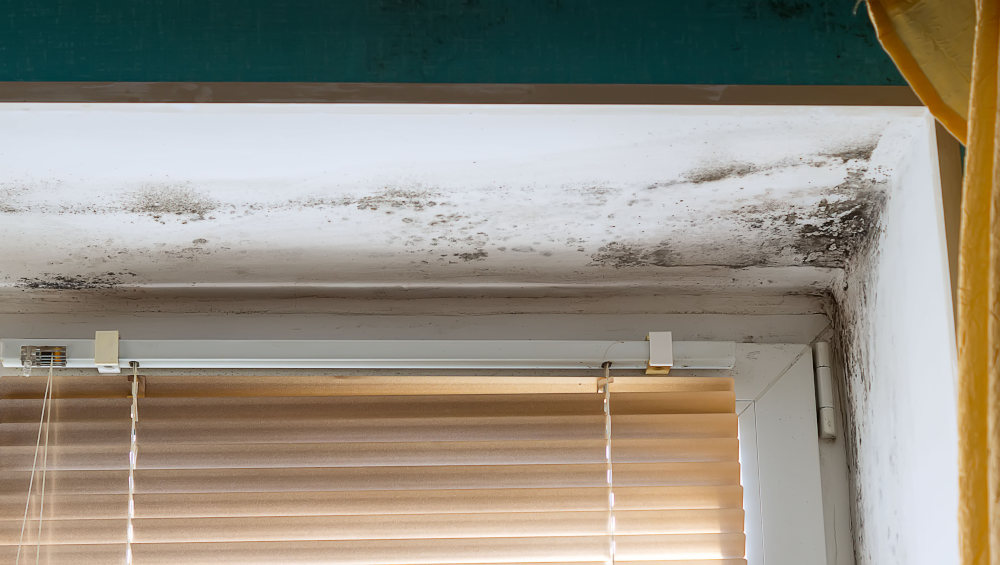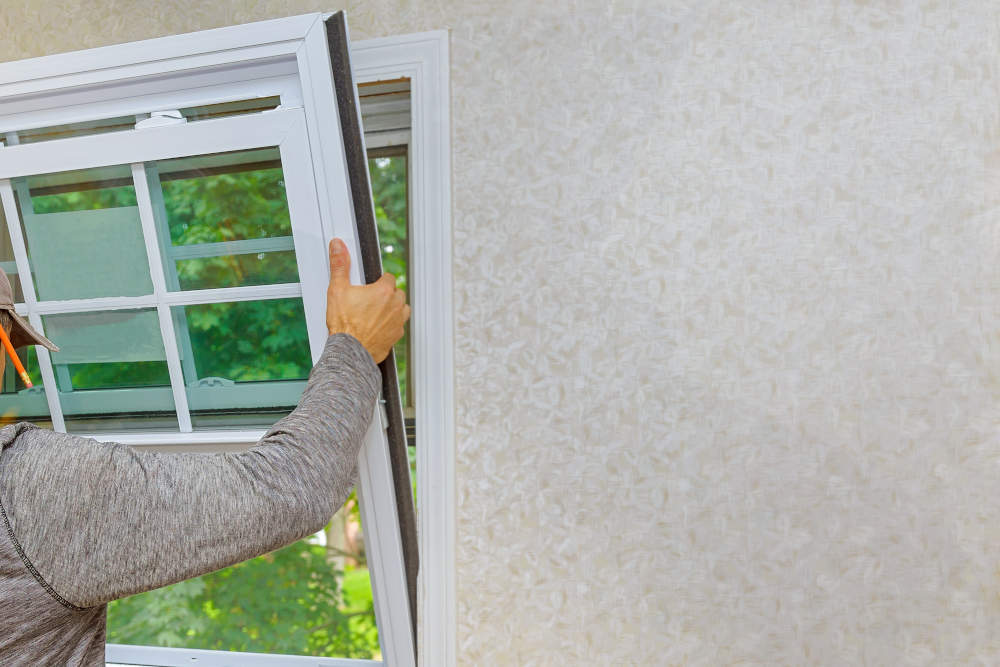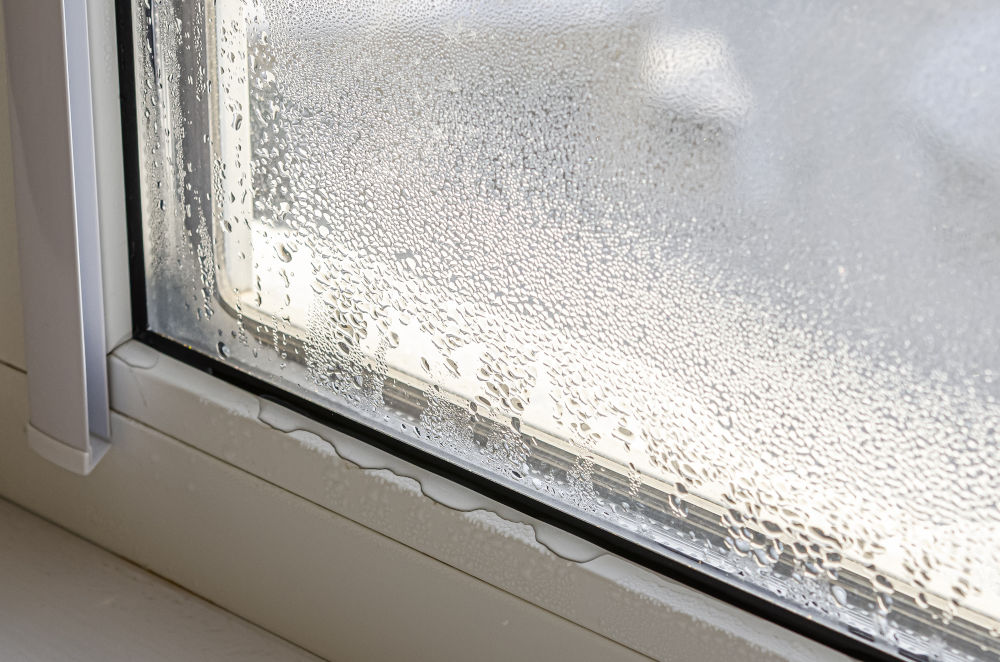Getting into your car on a cold day, you start your car, and just like that, you have condensation on your windows. Condensation occurs when the temperature on one side of the glass is drastically different from the other.
Have you noticed that your home’s windows are constantly fogging up? Is it possible that they’re accumulating moisture?
This isn’t always the case. Window condensation might be a sign of something much more significant. Your foggy or ice-encrusted windows could be a symptom that you need to decrease indoor humidity before it causes a significant problem for you.
So let’s determine if a quick fix will work or if a window replacement is a more economical option, and get ahead of it before it compromises your health and home. This post will show you how to identify when your home’s humidity and condensation are getting out of control, whether due to improper ventilation or a failing window.
What Is Condensation
Causes of Window Condensation
When a cold surface is exposed to warm, humid air, condensation can occur. There is moisture in the air all around us; warmer air contains more water. As the temperature drops, the moisture in the air condenses. We’ve previously written about things like this on our blog; you can check out the winterizing your home blog post in case you missed it.
On windows, you will first notice any condensation when the temperature drops. The warmest area of your home is the one that contains your windows. Indoor air is much warmer and more humid than exterior air, which is colder and dry.
As the warm, humid air comes into touch with the colder windows, it cools; as a result, water condenses on the glass.
Why Is Condensation A Problem
It’s no surprise that window condensation can be very annoying, and in certain circumstances, it may even harm your home. Wood molding can rot from moisture and damage plaster if there is too much dampness inside the house, which causes more problems for areas other than windows.
Condensation Can Cause Health Problems?

Mold and mildew thrive in moist areas with plenty of organic material, such as wood, plaster, and some types of insulation. When inhaled or ingested, molds are known to cause local or systemic allergic reactions, sinus and nasal irritations and infections, chronic respiratory problems, dizziness, lethargy, and trigger attacks in people with asthma.
Solutions To Reduce Condensation
We have created this convenient list for you from the most practical “quick fixes” to more involved. The last is about eliminating the problem from happening in the present and future.
Opening a Window
Opening a window might be one of the quickest methods to remove condensation from the inside of a window. This works because it balances out the moisture and temperature levels in both spaces. It isn’t always the best option for combating condensation, however.
Crank Up The Heat
Condensation happens when the humidity and temperature in a room change. It generally occurs when the interior condition of space differs from the outside. Increasing the internal temperature is one of the most effective methods for reducing condensation. Consider using a heating fan or a tiny room heater instead of an air conditioner.
Health Notice: Use caution when increasing the heat level for individuals who suffer from breathing disorders such as asthma; sudden exposure to dry air (as with excessively humid air) might aggravate their breathing difficulties.
Turn Down The Dehumidifier
Condensation in your bathroom, kitchen, or community room is not uncommon. If you use a humidifier in any part of your home (including the humidifier that works with some furnaces), you can try turning it down. As a result, the humidifier will release less moisture into the air, hopefully reducing condensation.
Weather Stripping
Weatherstripping on your windows might assist you in keeping heat out of your home. This can help prevent condensation if you utilize storm windows during the winter months. Weatherstripping also enables you to save money by reducing energy waste.
Most Cost-Effective Option To Eliminate Condensation
Replacement Windows

If you notice more condensation and find no relief, or if you are just tired of dealing with it all together, you may consider window replacement in certain situations. Old windows are dated and not as structurally sound as newer and more conventional ones, and window technology has made significant improvements over time.
Replacing the entire window might also provide peace of mind and bring a bigger return on investment if you decide to sell.
Check out our gallery if you are curious about what your home could look like with new windows or even new doors.
When You Are Ready To Remove Your Concerns: Window Replacement Is Best
If you want to repair your home’s windows, consider using Solid State construction. A Solid State Construction professional will answer all of your window condensation questions and any other window or door questions you may have.
We specialize in quality customer service and excellent results, which is part of our core values. You can learn about our core values here.
Schedule your FREE in-home estimate or virtual consultation.


